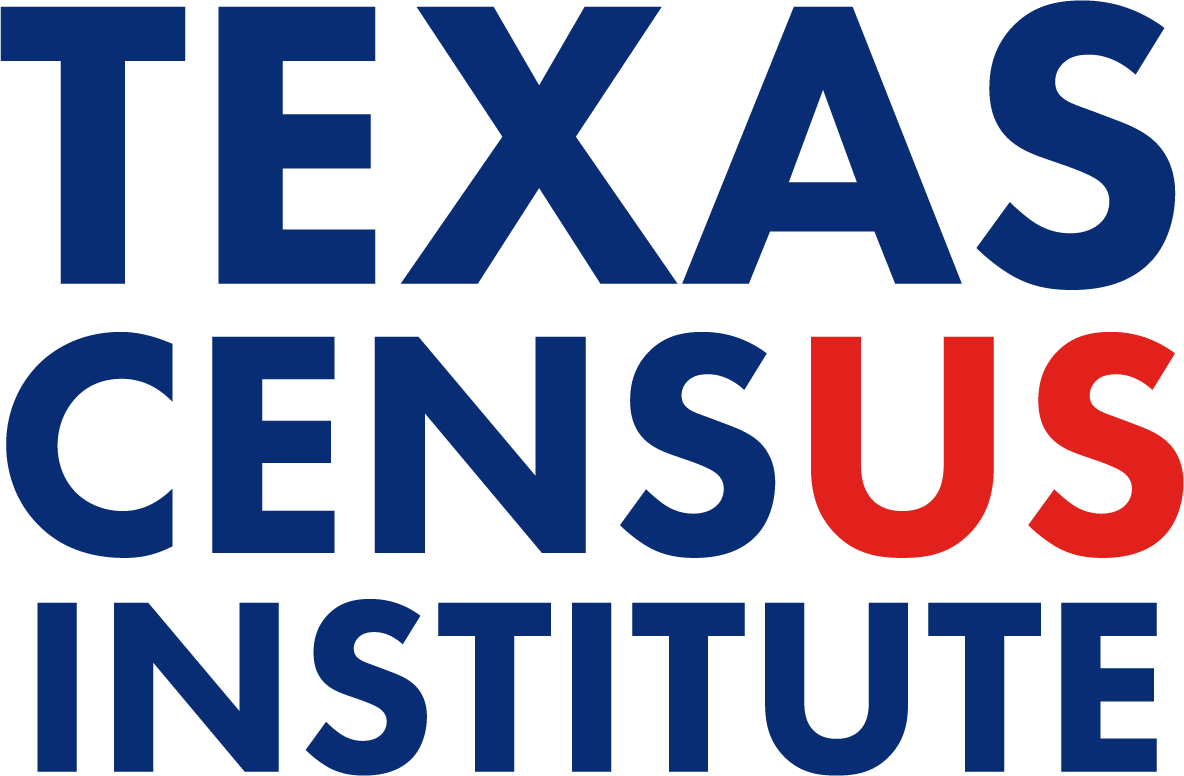BLOG | Census Undercount | May 2024
Children under the age of five represent the largest undercounted population in the United States. Why?

The Texas Census Institute’s Children’s Census Initiative explored the data on undercounting children and determined that in the 2020 Census, over 1 million young children were undercounted nationally and about 150,000 children went uncounted in Texas alone. The scope and determinants of this undercount are critical to understand as children under five are the recipients of many federal benefits that are determined by the census count. These federal programs are foundational to building a thriving next generation of Americans. Programs like HeadStart, WIC, and SNAP provide essential building blocks like food, health care and early education for those that can not provide for or advocate for themselves.
To better understand why this population is undercounted and how we might address this in the future, the Texas Census Institute published the research report CONTRIBUTING FACTORS OF THE 2020 U.S. CENSUS CHILDREN AND YOUNG CHILDREN UNDERCOUNT IN TEXAS. We’ve summarized the key findings of that research below, while exploring how this information might be useful for future census activities.
To engage in our exploration, it is important to understand how we determined the undercount and the factors that caused it. First, we examined critical population variables regarding relevant topics, such as:
Then, to ensure our analysis was relevant to undercounting children, our research focused on those variables with a demonstrated correlation to the undercount of children.
Key Findings
Two factors have the largest effect on the undercount of children and young children:
In simpler terms, this means that children (and adults) living in residences not recognized by the US Census Bureau and those in low income households are often not counted.
A Closer Look
Residences not geocoded by the US Census Bureau include those that are not recorded or updated at the city or county level. Examples of residences that are potentially not recorded include colonias, apartment complexes, multiple housing units within an address, adjunct structures and sheds, homeless encampments, trailer parks, and those that are built “off the grid”- housing structures without permits, utilities or city services. Another reason that addresses are not geocoded is that participation in the Local Update of Census Addresses (LUCA), is a voluntary effort that counties undertake to update the US Census Bureau’s Master Address File (MAF). Local governments that are understaffed, under-resourced or uninformed about the benefits of participating in LUCA often do not prioritize this costly and time consuming effort that happens once every 10 years in partnership with the US Census Bureau.
Children in low income households – located in urban, rural, tribal and unrecognized areas across the state and nation – are less likely to be counted than children in more affluent households. To make counting children even more complicated, there are correlations between low-income households and those with other household factors that impact undercounting. Examples of those contributing factors include households with 7 or more people, households with at least one foreign-born parent, and households with children that are not biologically related, are adopted by, or are a stepchild of the adults residing there. Importantly, the higher the rate of poverty, the less likely children in the household are to be counted. Interventions to address the undercounting of children must first identify low-income households as the common denominator.
Possible Solutions
One of the benefits of our research is that it illuminates several pathways to reduce the undercount of children, as well as the adults who reside with them.
To solve for those residences not reflected in the US Census Bureau’s Master Address File, there are some basic activities census stakeholders can undertake to address this challenge. The Texas Census Institute is proud to be leading the following efforts with our partners in Texas:
Addressing the challenges of counting children living in low-income households is complex; however, our research has highlighted the critical need to locate these households and create educational tools and messaging on why to include young children in census response. The Texas Census Institute launched the Children’s Census Initiative to develop these materials and over the coming months and years, will be exploring ways to reach these households.
Future Considerations
In our next publication, the Texas Census Institute will look at the funding implications of undercounting children and young children in Texas for topics such as childcare, education, nutrition, and safety. With these data, we will also be exploring key partnerships in addressing this devastating issue for our state.
The Texas Census Institute provides independent, nonpartisan, data-driven and trusted census policy and program guidance that encourages census participation so all Texans can enjoy a great quality of life. For more information or to join our efforts, visit texascensus.org.
SIGN UP for our email updates and follow us on LinkedIn to be notified as our research is released or PARTNER WITH US to create a stronger, safer, and more prosperous Texas.









